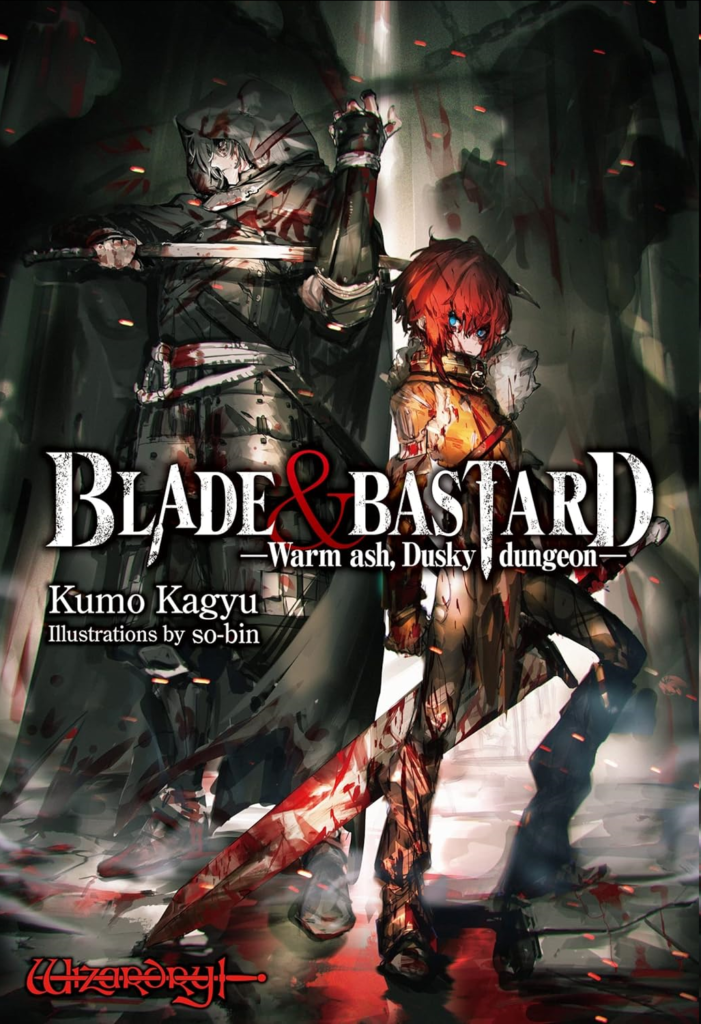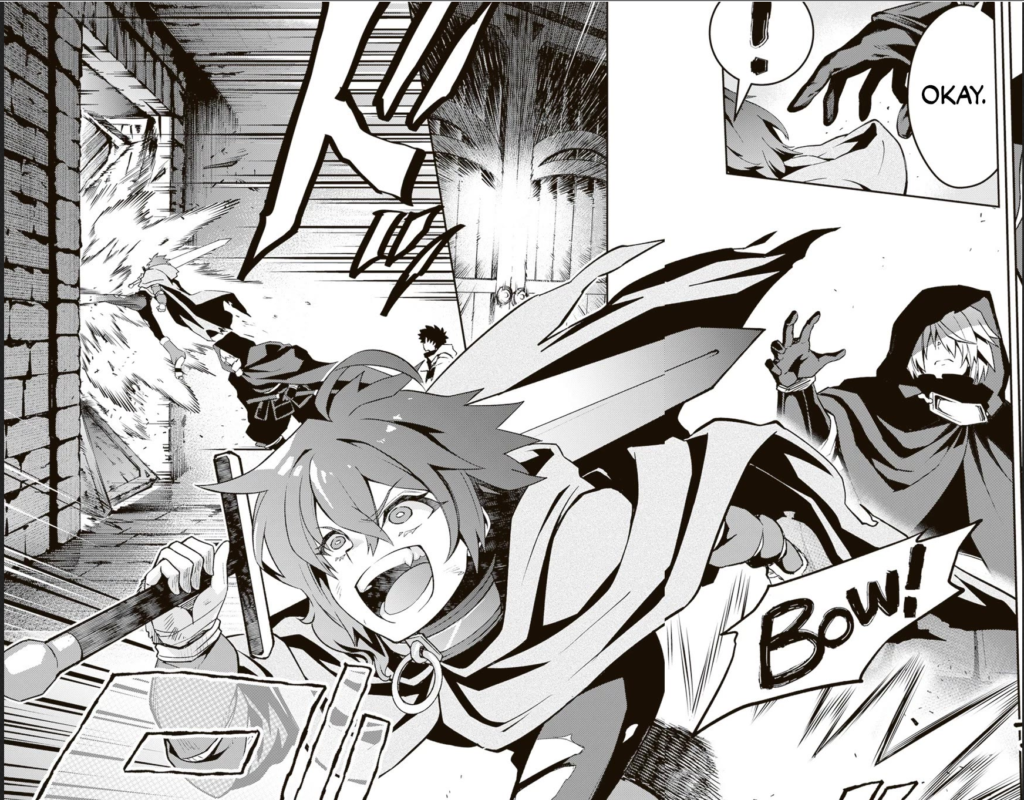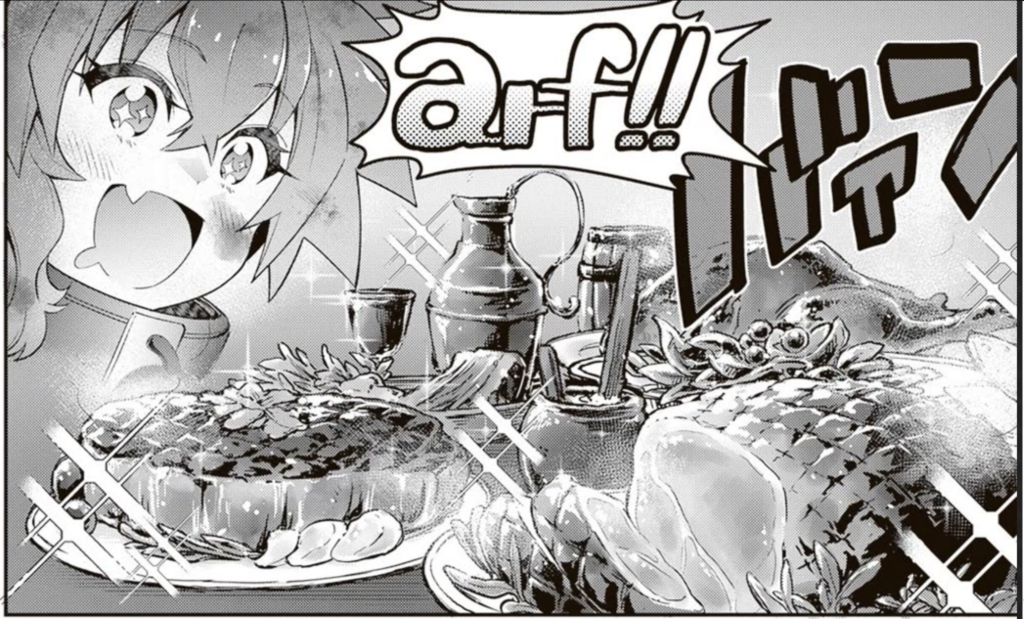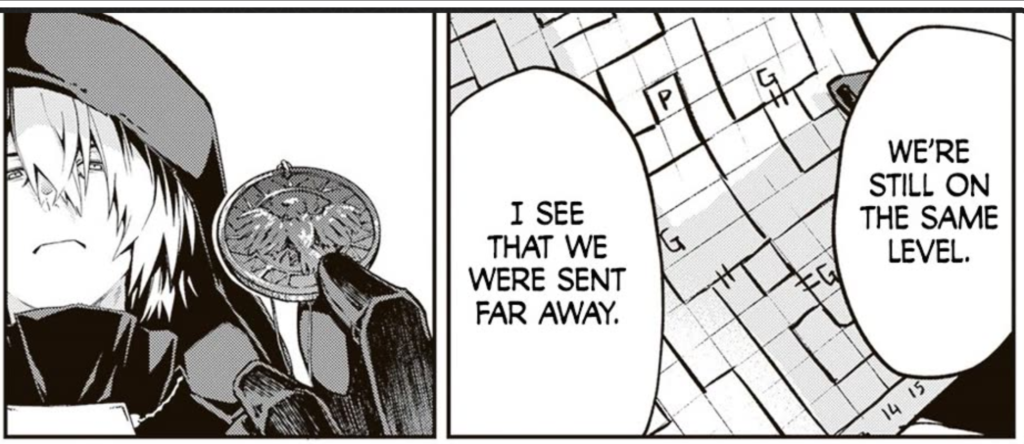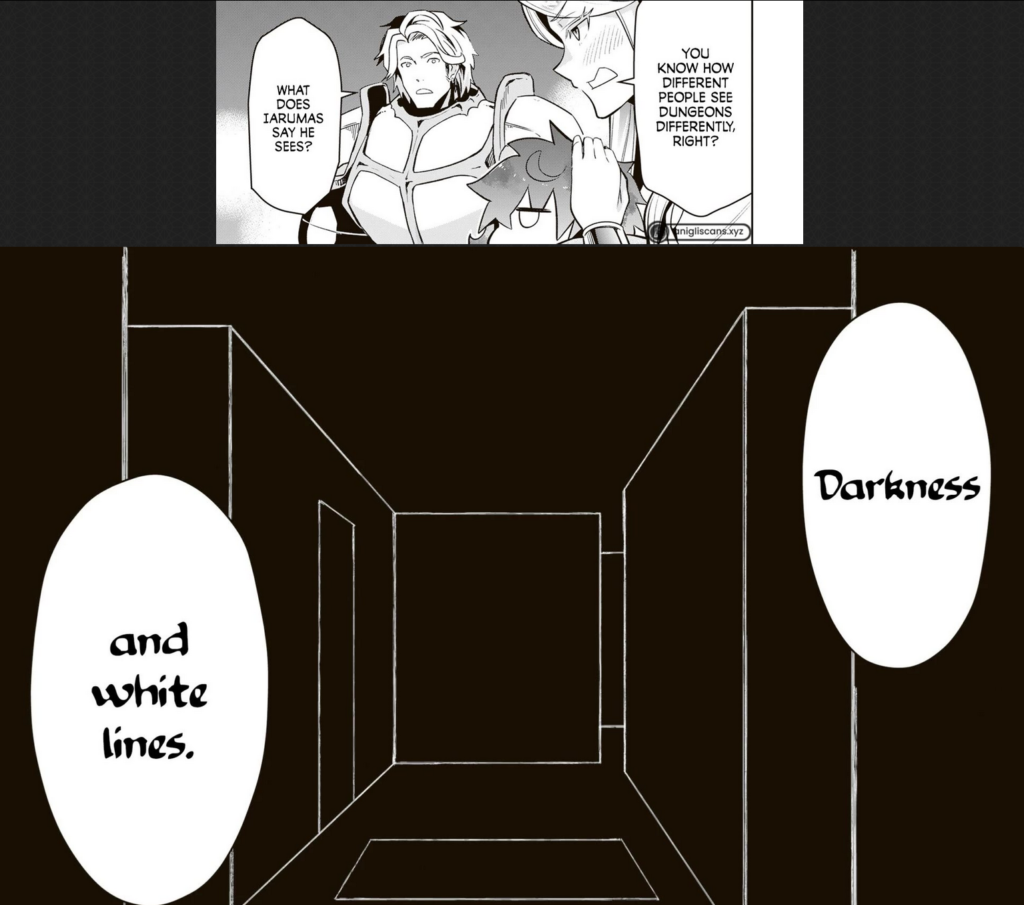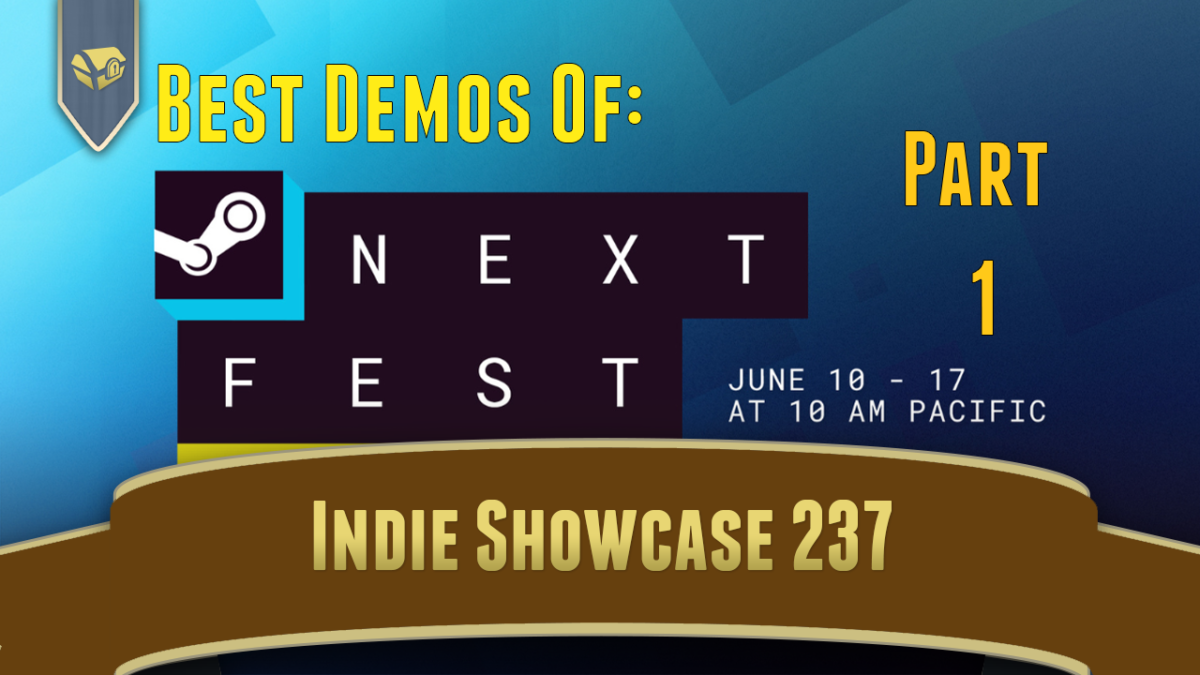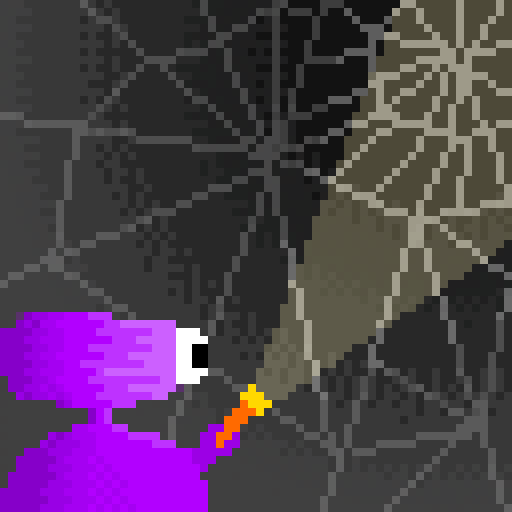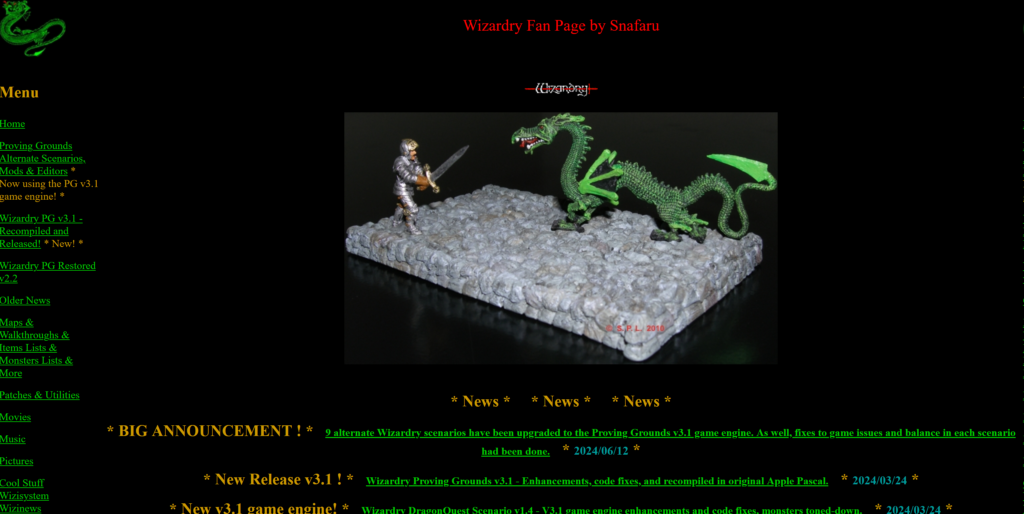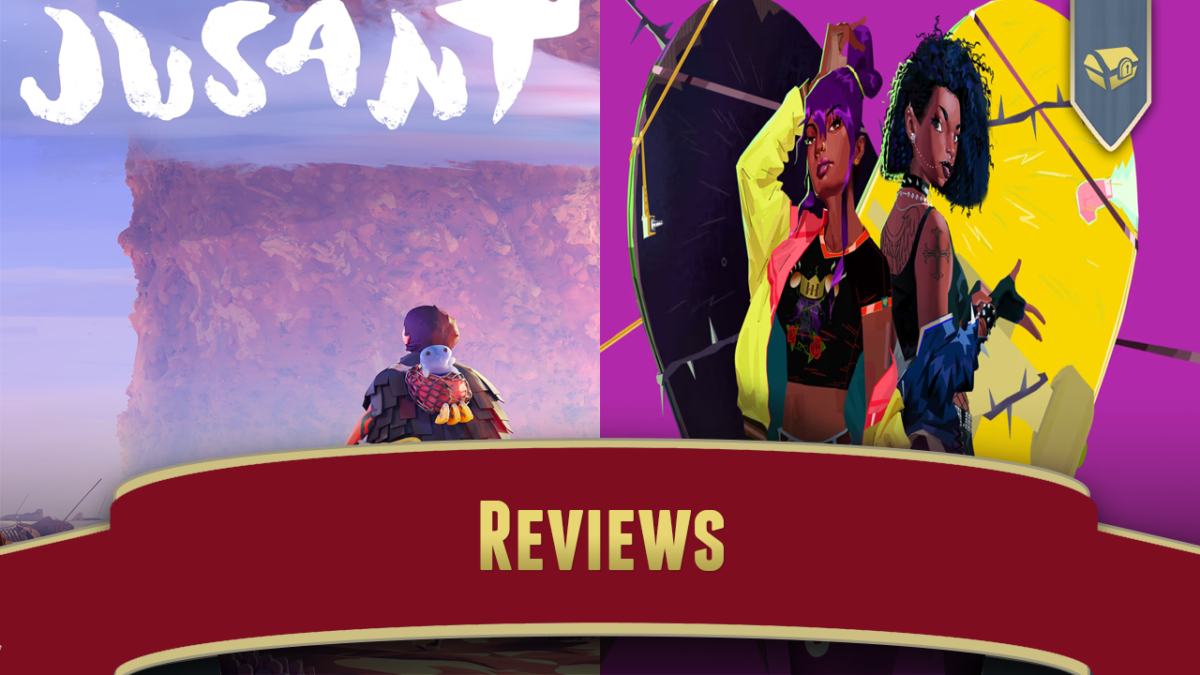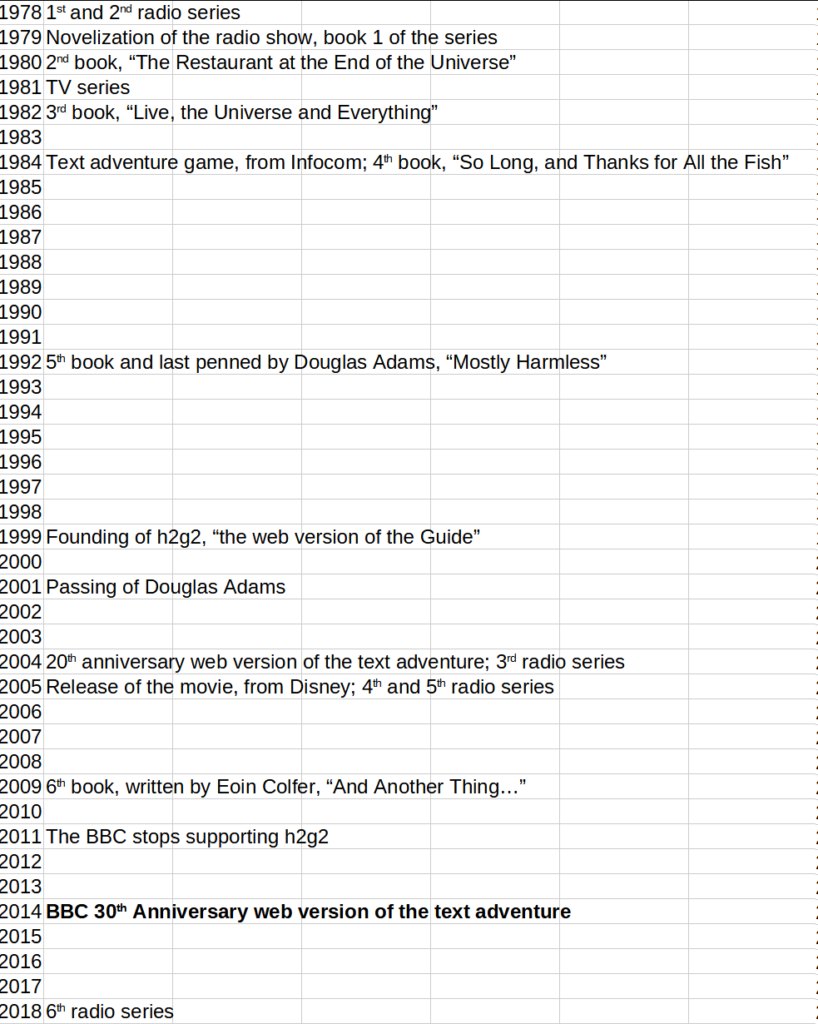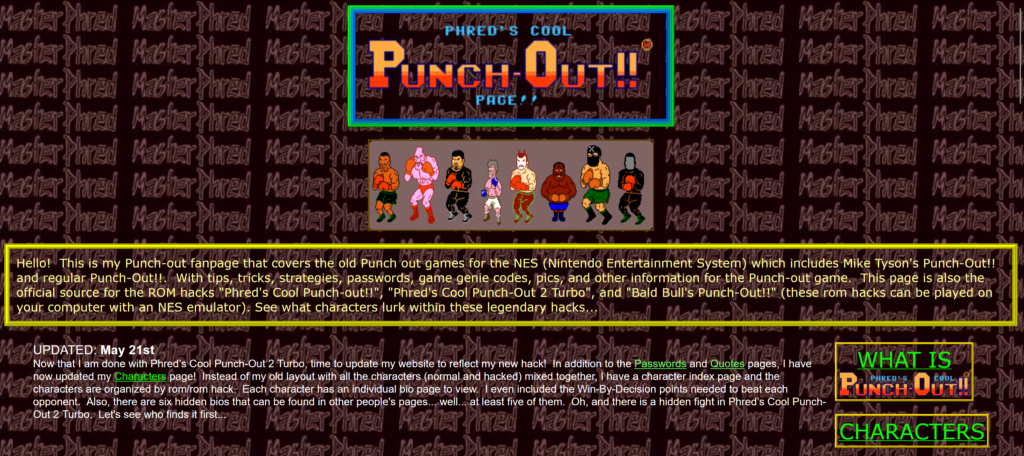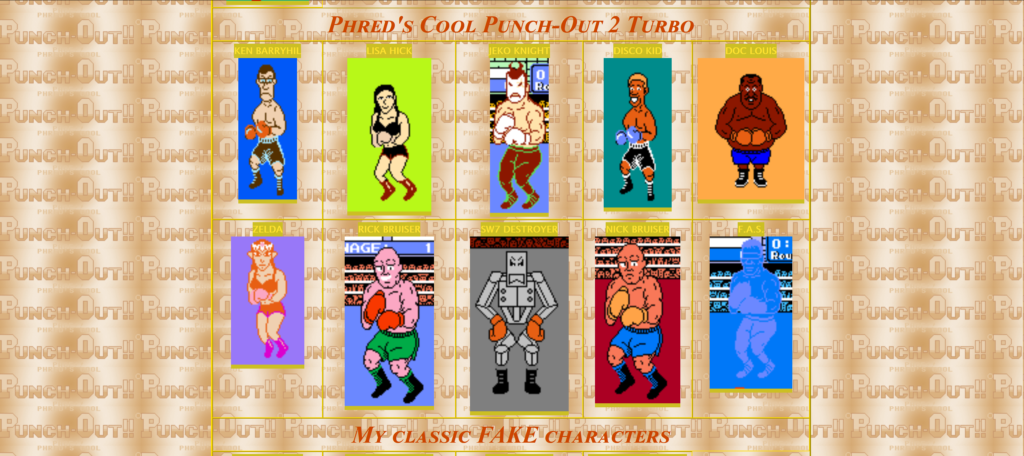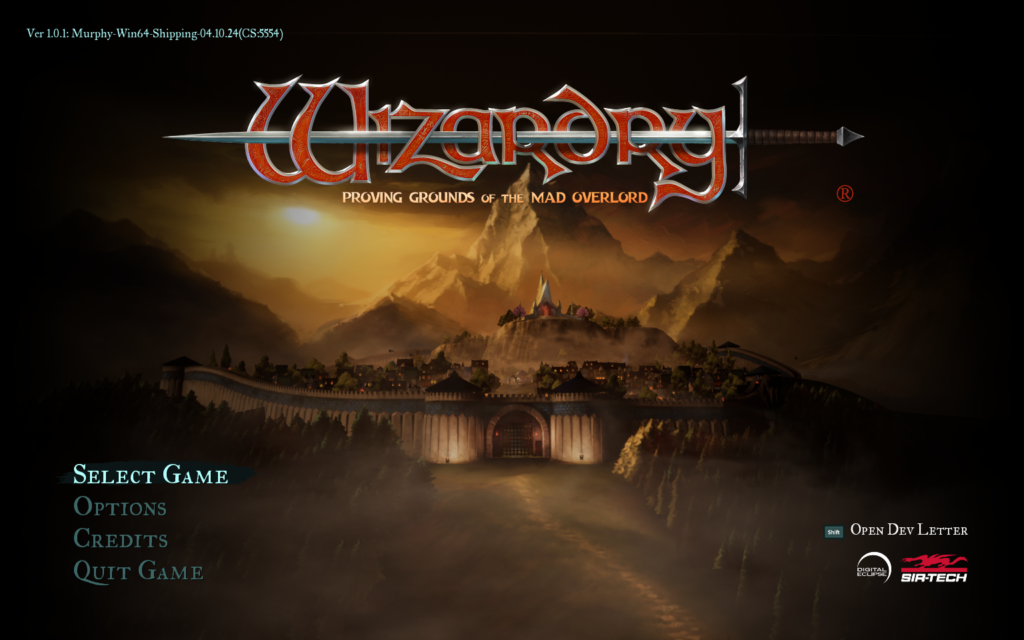
Wizardry hates you
Wizardry: Proving Grounds of the Mad Overlord, a.k.a. Wizardry I, is a classic and venerable CRPG from the early days of computer gaming. It’s thought to be the very first computer RPG where you played as a party of more than one character. Even the early PLATO RPGs didn’t have a single player control a whole group like that.
Wizardry took D&D as its inspiration in ways that now even D&D itself doesn’t know. Its Armor Class value counts down like it did in olden times. And death is meant to stick, and be costly to recover from. Dead characters can fail to be revived, which turns them to ash and costs even more to fix. And that can fail too, and the character is just gone.
Pit traps in the dungeon have no counter, most of them have no hint they’re waiting there, their damage scales with the dungeon level so they’re nearly always a danger, and frequently kill your mage characters. Yet, they are not the worst the game has to offer, especially when you get to the second game, which contains what may be the single cruelest trap ever put into a computer game, and I am not exaggerating.
Then there’s the mazes themselves. They’re tricky, and although there are many quality-of-life improvements in the new game, including an automap, the game purposely doesn’t protect you from its map-foiling tricks. If you get teleported or spun around, the game’s automap won’t notice, and it’ll mess up your map! This is by design, because playing Wizardry with an infallible map is a hugely different experience. You’re supposed to get confused.
So you see, Wizardry hates you.
Wizardry doesn’t hate you that much
These stories are frightening, enough that I imagine they’ve scared some players away from the game. But despite (and in a way, because of) them, Wizardry is still a lot of fun to play. For the first seven experience levels characters grow gratifiyingly quickly, and the play, due to its challenge and its consequences, is rarely boring. The original game underwent a year of playtesting before it was released to the Apple II-owning public, and the balance bourne of that time and work shines through. Wizardry is still a fun game to play, and while many of Digital Eclipse’s changes to adopt the game to current tastes are appreciated, I’m not convinced they’re all positive ones. It is what it is though, and I want to emphasize, what that is, is still fun.
Make backup saves of your game
Still though, one change that I can only regard as positive is that it’s really easy to make a backup copy of your save file. This isn’t just anyone telling you this! It’s me! I wrote a roguelike column for years for GameSetWatch insisting that permadeath was okay and that players shouldn’t back up save files to avoid it! But roguelikes are designed to be replayed many times, and anyway are usually pretty short so your time investment can’t become too large. Wizardry is not a long game, but it isn’t short either.
While Wizardry’s mazes don’t change, the game can throw all kinds of enemy parties against you, and even advanced parties once in a while get screwed over by the RNG. It is a rite of passage to rescue a deceased group one or two members at time from the dungeon, but it gets old after the first time or two. I don’t suggest winding back time every time a character dies, I think that’s going too far. But it will save you if, say, a character fails their revive from ash roll, or your party wipes beneath a set encounter space.
Backing up your save on the Apple II meant backing up you Scenario Disk, was a time-consuming option. Here, Digital Eclipse outright encourages you to make a copy of your save. The option is right there on the file menu, and I encourage you to use it too.
Use Old-School Creation and Advancement Rules
Under Old-School Options, you should use the original game’s character creation and stat advancement rules. I played through most of the game with the updated rules under the impression that they would take the edge off the difficulty, not knowing that these two actually make the game harder.
Character creation gives each character lineage (formerly called race, a term that’s become more loaded since 1981) set stats, and a number of points to distribute between them. The new system gives all characters a flat 12 points to spend. Under the old system character creation system, most characters got between 7 and 10 points to distribute, but 10% of the time would get ten extra points, and there’s a slim chance to get even more. Players could reroll endlessly to get bonus points in the range of 17 to 20, which was a huge boost! 10% of the time really isn’t that uncommon, and stats matter quite a lot in Wizardry, so it wasn’t hard to give all your characters a substantial boost right out of the gate, enough to start with a Samurai.
Of the other option, “Point Buy” on gaining a level, the new rule gives characters 1 to 3 points in stats of the player’s choosing upon reaching a new experience level. The old rule gives each stat a chance to advance, based on the character’s Age/Vim, with a chance that it could go down as well. The possibility of losing a point should be considered, but often characters gain four or five points upon level gain. It’s more a matter of taste, but I’ve had good experiences with it, at least at low levels.
Of the other option, “Point Buy” on gaining a level, the new rule gives characters 1 to 3 points in stats of the player’s choosing upon reaching a new experience level. Each has about equal chance, so it averages out to two points, which is really low generally, and even lower if you aspire to creating a Lord (a range of stats from 12 to 15) or a Ninja (all 17 or above).
Fortunately, you don’t have to stick with one option or the other, but can switch between them when you want. If you have a character who’s closing in on Lordship or Ninjahood, but just needs a couple of more points in a specific stat to obtain it, you can switch to the new style just before claiming that character’s next experience level, and even switch back afterward.
Creating characters
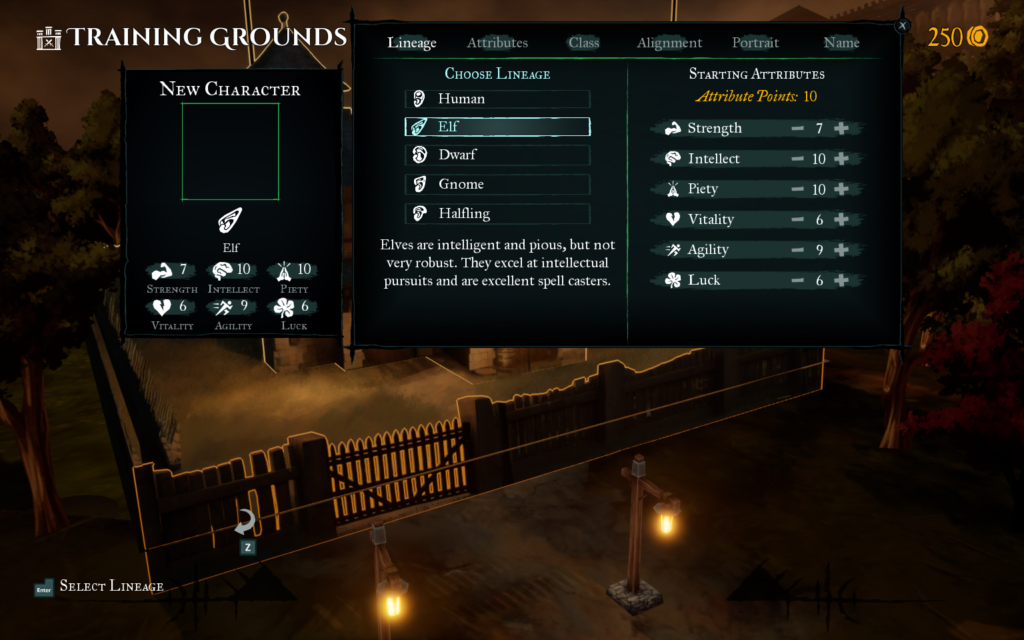
The game offers you to start you out with a group of pre-made characters of an appropriate mix and starting out at Level 2. I whole-heartedly suggest that you don’t use them.
Wizardry is not a game about helping an Overlord get an amulet back from a wizard. The quest is largely bunk; while Werdna is definitely not on your side, there’s is nothing in the game to suggest that Trebor is in the right either. No, Wizardry is a game about watching your characters grow through adventures, and overcome hardships, and possibly succeed in a great challenge. You really want to make your own characters for this.
While Level 1 characters are very fragile, and somewhat disposable, they’re yours. Under the new rules reviving Level 1 characters is free, and it doesn’t take them many fights to advance to Level 2, where they’re sturdier, and at Level 3 your group even starts learning good spells. Make your whole group and stick it out, you’ll have more fun.
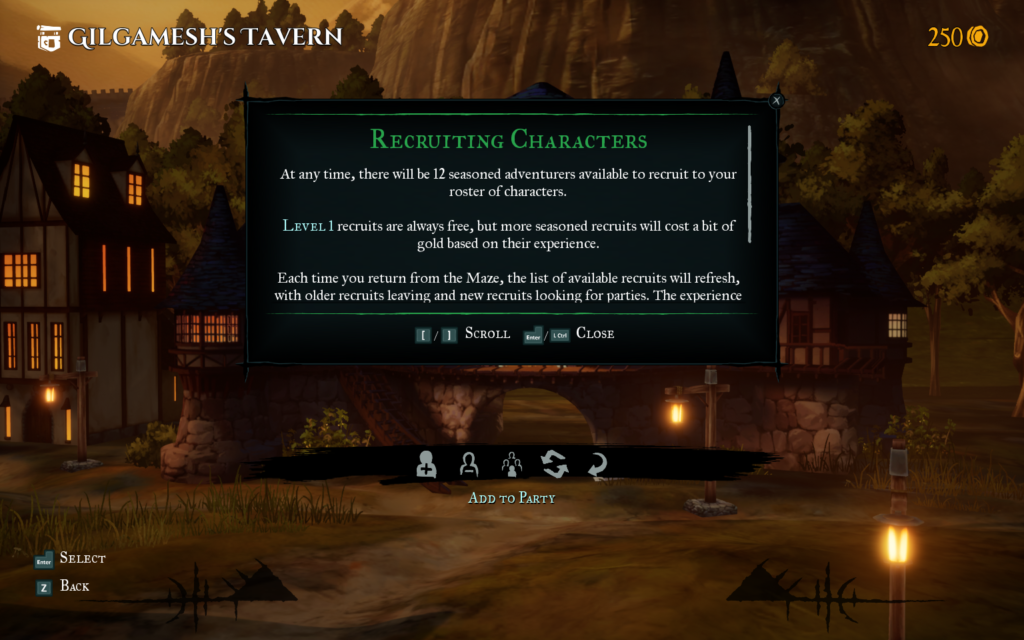
Even once your group starts exploring the dungeon and gets a few levels under their belt, the game will continue to offer you new, randomly-generated extras, with levels approaching those of your highest-level character, in the Tavern. These can be useful as a B-team, to supplement your group if you want to play around with different party compositions, and to help rescue your own characters if they wipe in the dungeon. The original game didn’t have them, and they’re expensive to hire, but they can come in handy.
Party composition
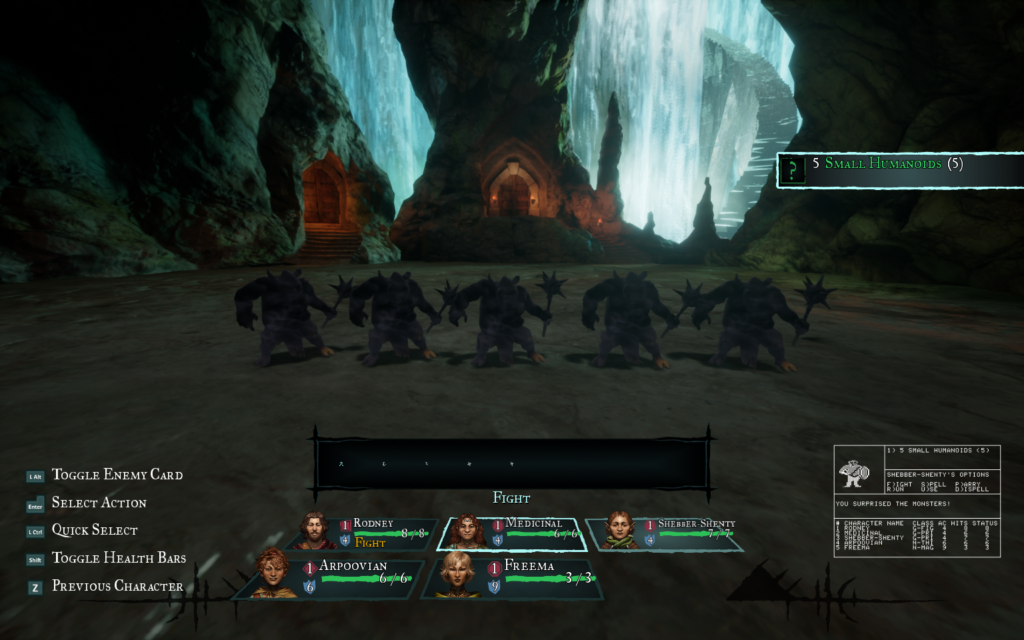
In many classic party-based CRPGs in the Wizardry style, the ideal party is pretty obvious: a fighter, a thief, a cleric and a mage. Wizardry doesn’t buck that trend entirely, the game seems designed around three fighters, a thief, a priest and a mage, but there are interesting tactical possibilities that can be explored with non-standard party composition, and since the game lets you have up to 20 characters on your roster in total and switch them in and out of your main group at any time in town, you can even try them out without restarting your whole game.
Here are some ideas:
- The basics: Figher x 3, Thief, Priest, Mage makes it harder for the monsters to break through that crunchy front line to get to the tasty low-HP classes behind them.
- Go thiefless: I go over this below, in the section of Chests and Traps. In short, you have to forego a lot of treasure, but having an extra priest or mage lets your group rule in other ways.
- Any number of Samurai instead of Fighters: it isn’t hard to make a Samurai in initial character creation, and that’s actually the recommended way to play one, since when a character changes classes their stats in play, they are all lowered tremendously. Samurai start out with more HP than Fighters, but earn slightly less with each level. But in return, they start learning Mage spells at level 4, giving you a few extra uses of DUMAPIC, and eventually MAHALITO, which can make a big difference against some enemy groups.
- Having a Bishop instead of a Priest. I don’t suggest this one so much unless the Bishop is an extra character, because getting to higher tier spells as soon as possible is hugely important and Bishops, although they learn both spell types, get them more slowly. They do have the Identify ability though, which saves you a lot of gold at the Trading Post, and makes selling spare equipment found in the dungeon a reliable source of extra funds.
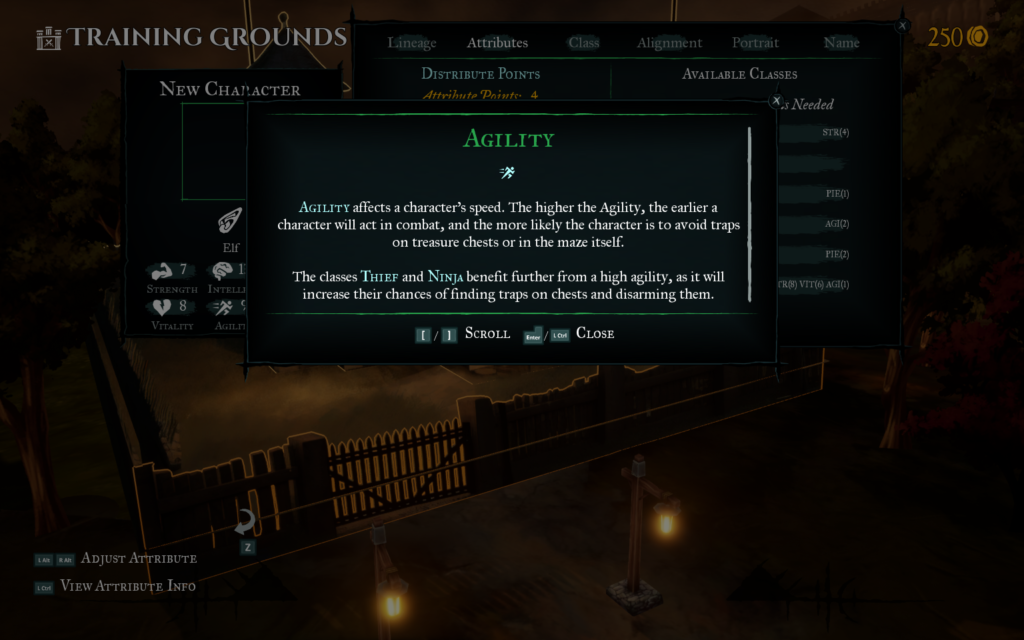
The most important stat for each class is the obvious one: Strength for Fighter types, Agility for Thieves, Piety for Priests and Intelligence for Mages. But after that, for front liners it’s Vitality, and for spellcasters it’s Agility.
However, Vitality increasess HP and helps the front line hold together for longer, since when the back rank falls into it they tend to get eaten quickly. But every class is helped by Vitality, it increases the chance of revival success, and it’s not a bad idea to add some to your Mages for when dragon breath or an enemy MAHALITO gets through.
Agility affects when a character acts in combat, and it’s important that those huge group-size damage spells happen early in the first round before the enemy has the chance to act. The best fight is the one that ends before the monsters get a single turn.
About VIM, a.k.a. AGE
Wizardry has a check on resting too much. Whenever a character stays at the Inn, they lose a tiny bit of VIM. It’s not enough to show on-screen, we’re talking about a small fraction of a point. In the original game it was called AGE, and started around 18 and counted up. You can switch to that name in the Old-School Rules. Each Inn stay is a week of time, although strangely it only counts for the characters who actually stay at the Inn. So long as you try to make the most of your expeditions into the dungeon your characters won’t age much, but the higher their age grows, the greater the chance (if you’re playing by Old-School stat level gain rules) that stats will go down. And if characters get very old, into their 50s, they could just die, period.
The higher a character’s VIM/lower their AGE, the less of a chance they’ll lose stats when playing with random stat gains, but it’s really subtle unless you class change multiple times.
When characters are revived from death, they age by a random amount that could be up to a year. When characters chance classes, they age considerably, by several years! So it’s best not to change classes lightly.
It’s said, of an early release of Apple II Wizardry, that if you quit the game while in the dungeon, and you resume their advenutres by restarting them as an “Out” Party, that the game would age them by ten years. I’ve only heard of this by rumor, and it seems to indicate that this was changed in later releases. I tell you this just to say, even the original designers thought better of that one.
There’s a lot more to say about playing Wizardry! Watch out for more soon, I still have to get some of my notes organized. We’ll talk about how the game actually plays, and give a plan for tackling the dungeon overall.
EDIT: I repeated myself at one point, so I fixed some wording there. Also some minor fixes elsewhere. I notice that the theme is covering some of the text with my screenshots. I’m not sure why it’s doing that. We’re looking into it.

